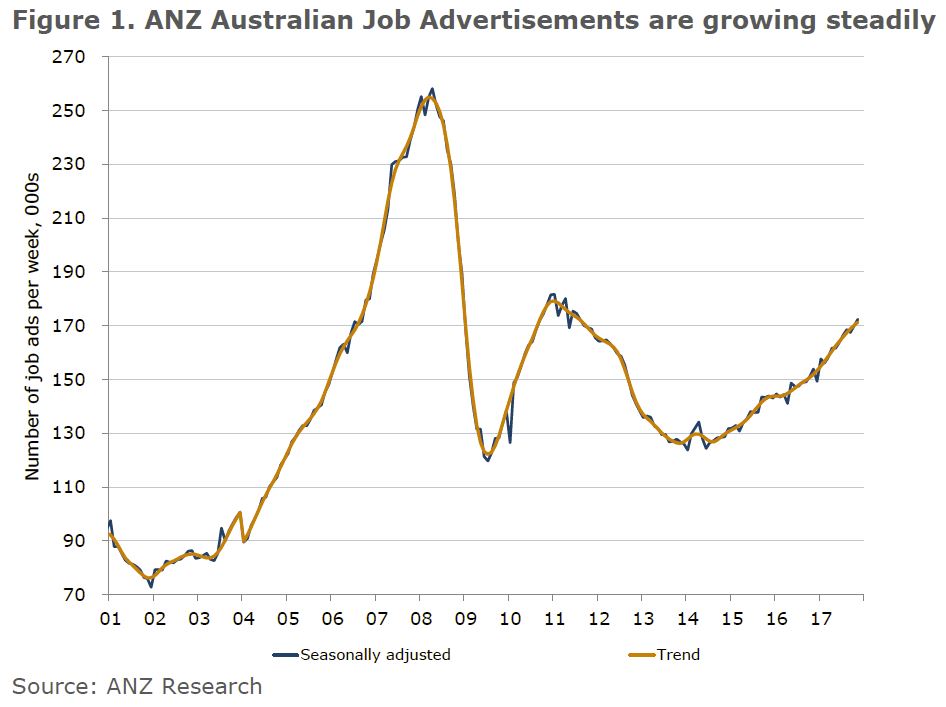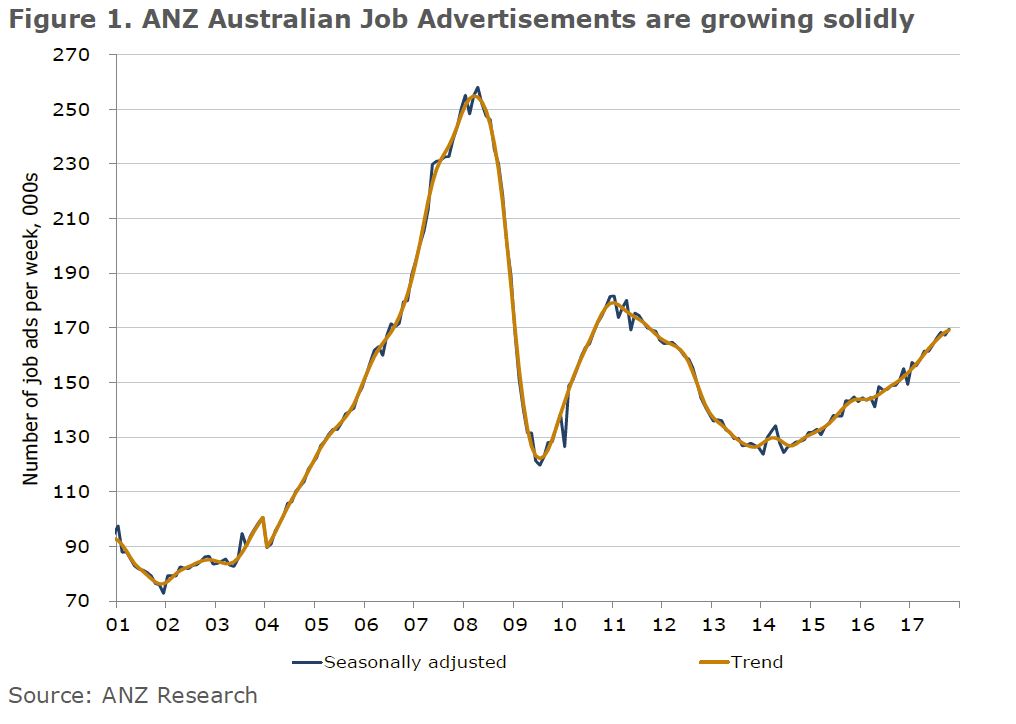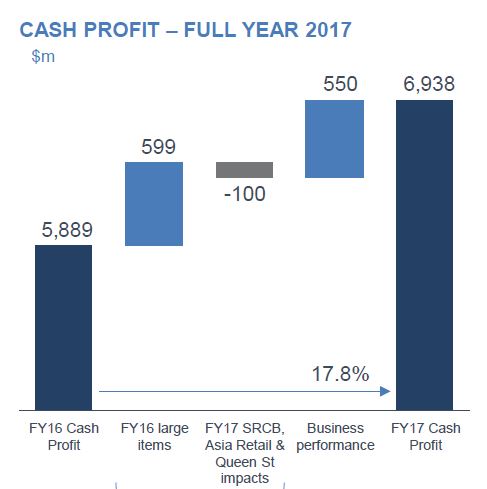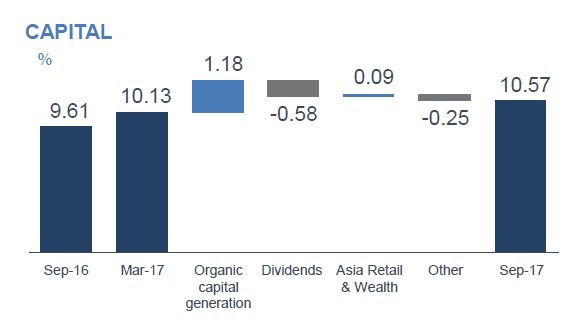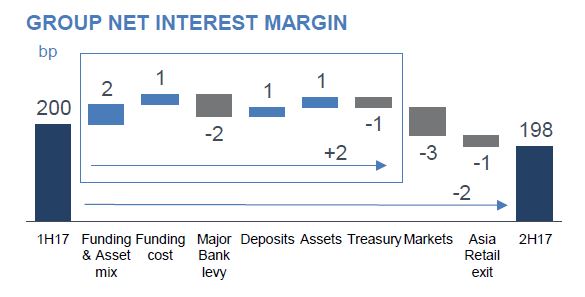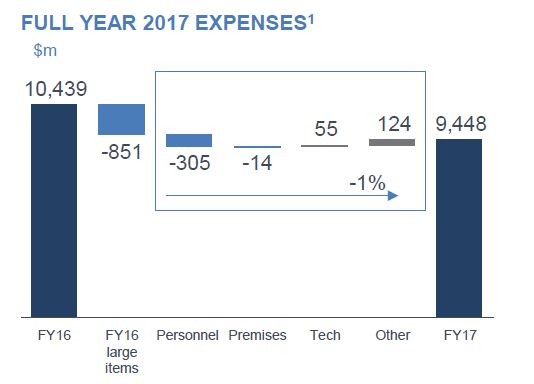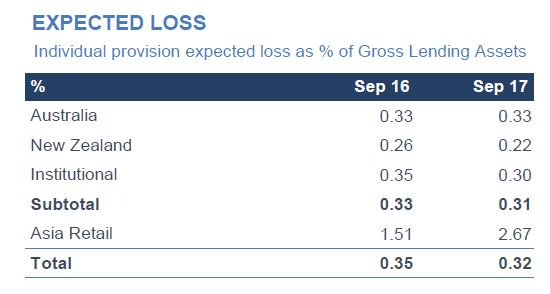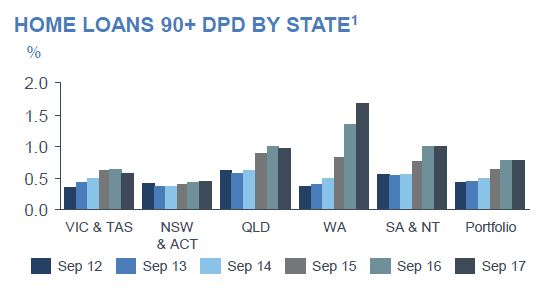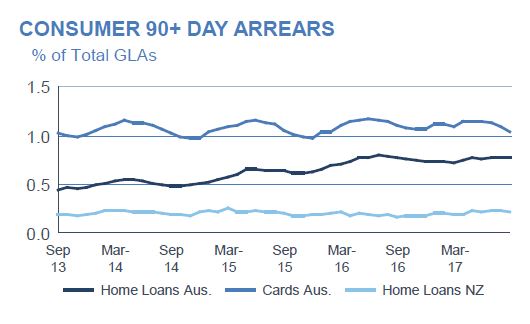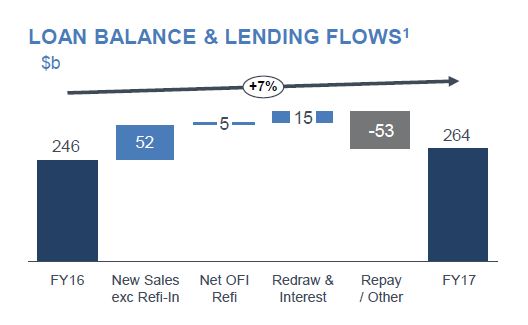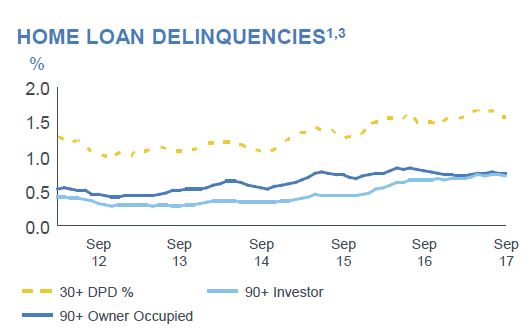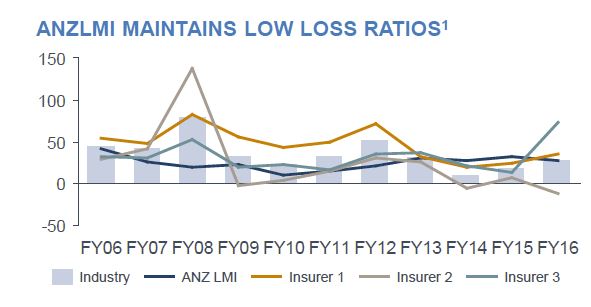ANZ today announced it has completed the simplification of its Wealth Australia division with the sale of its life insurance business to Zurich Financial Services Australia. The sale is comprised of two transactions with total proceeds of $2.85 billion, inclusive of $1 billion of upfront reinsurance commission from Zurich.
This follows the sale of its OnePath pensions and investments (OnePath P&I) and aligned dealer groups (ADG) business to IOOF Holdings Limited (IOOF) in October for $975 million. Total proceeds from the simplification of Wealth Australia is $3.83 billion.
Following completion, Zurich will be Australia’s largest retail life insurer as measured by in-force premiums with more than 1.5 million customers, while IOOF will have a top-five superannuation platform with the second largest aligned financial advice network.
Here is an interview with CEO Shayne Elliott and Andrew Cornell.
Life Insurance Transaction Scope:
- 100% of One Path Life Australia Holdings Pty Limited (OPL)
- As at 30 September 2017, total life in-force premiums were $1.7bn
- Transaction does not include New Zealand and ANZ will retain Lenders Mortgage Insurance, General Insurance distribution and Financial Planning
Life Insurance Transaction Summary:
- Total proceeds of $2.85 billion include $1 billion of upfront reinsurance commission from Zurich to ANZ and $1.85 billion for 100% of the life business
- Annual profit of business is $189 million on a 2017 pro forma cash NPAT basis
- Equates to a 2017 Price/Embedded Value of 1.0×3, 15.1x 2017 Price/Earnings on a pro forma cash NPAT basis
- Carrying value of $3.38 billion. Estimated accounting loss on sale of ~$520 million post separation and transaction costs of ~$75 million post-tax and release of available for sale reserve
- Expected to increase ANZ’s consolidated CET1 capital ratio by a total of ~$2.5 billion or ~65 basis points4 (~25 basis points upon completion of the reinsurance arrangement and a further ~40 basis points on completion)
- The transaction would be broadly EPS and ROE neutral if capital released is returned to shareholders
Combined Transaction Summary:
- Total proceeds of $3.83 billion for combined sales
- Equates to 16.8x Price/Earnings on a pro forma cash NPAT basis
- Combined sales to increase ANZ’s consolidated CET1 capital ratio by ~80 basis points
Capital released following reinsurance and completion of the life insurance sale is expected to increase ANZ’s consolidated CET1 capital ratio by ~65 basis points and largely be surplus to ANZ’s unquestionably strong requirements.
The sale is another step in ANZ’s strategy to create a simpler, better balanced bank focussed on retail and business banking in Australia and New Zealand, and Institutional Banking supporting client trade and capital flows across the region.
As part of the agreement, ANZ and Zurich will enter into a 20–year strategic alliance to offer life insurance solutions through ANZ’s distribution channels.
With a long history in Australia and a presence in more than 210 countries and territories, Zurich is a highly regarded insurance company with global capability in providing life insurance solutions to more than 60 million customers in partnership with 70 banks in 17 countries, including Santander, Citibank, HSBC, and ING.
ANZ Group Executive Wealth Australia Alexis George said: “From the outset we’ve been focussed on partnering with a high-quality organisation culturally aligned to ANZ and we’re pleased we will be able to provide our customers with access to wealth products from one of the world’s leading and most respected global insurers.”
“Zurich’s experience in working with banks around the world to provide insurance solutions, combined with its commitment to innovation and strong presence in Australia is a good outcome for our customers, shareholders and distribution partners.
“Partnering with Zurich is the best outcome for ANZ customers given it will become Australia’s leading life insurer with the scale to invest in product and digital innovation.
“This transaction will complete the simplification of ANZ’s Australian wealth business, however we will continue to work hard to minimise any disruption to our customers during the transition,” said Ms George said.
There are no changes to any current insurance policies as a result of today’s announcement, including general insurance products provided via QBE.
ANZ expects completion to occur in late 2018 together with the recently announced sale to IOOF of the Group’s Pensions & Investments and Aligned Dealer Group businesses. The transaction, including the reinsurance, remains subject to regulatory approval.



